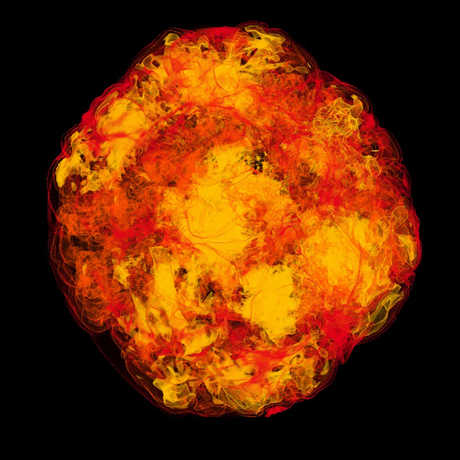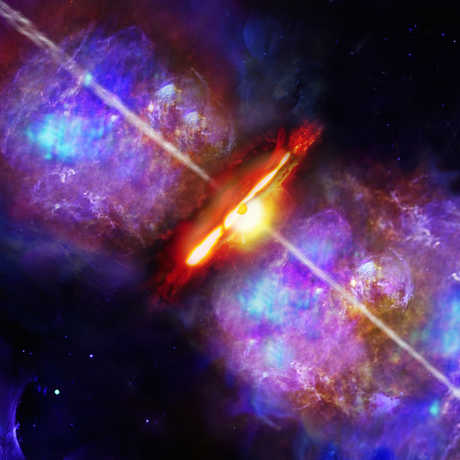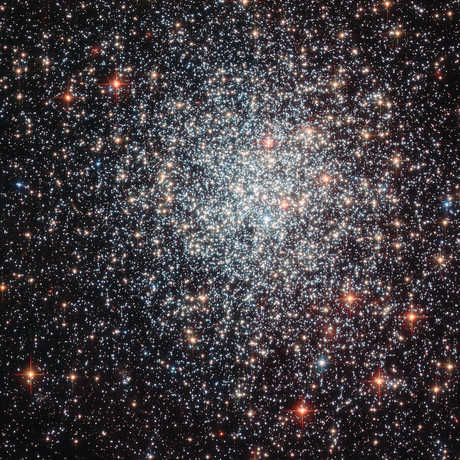
Grade level: 6-12
Length: 2 minutes
Next Generation Science Standards: HS-ESS1.A, HS-PS1.C
Video Synopsis
You and all of the things around you are made up of atoms. Elements are specific kinds of atoms defined by their number of protons. All of the elements that make up our stuff, our bodies, and our environment came from outer space. But how are elements made in outer space, and how did they get here? What is going on?
This video was made in collaboration with Chicago Public Schools as part of their NGSS-aligned high school biology curriculum.




